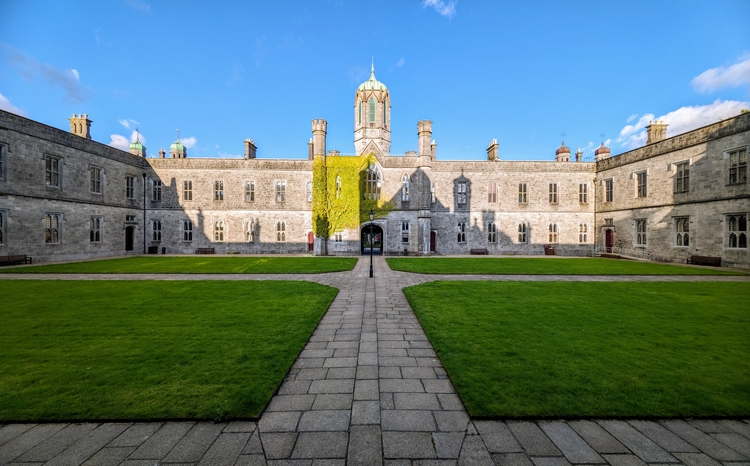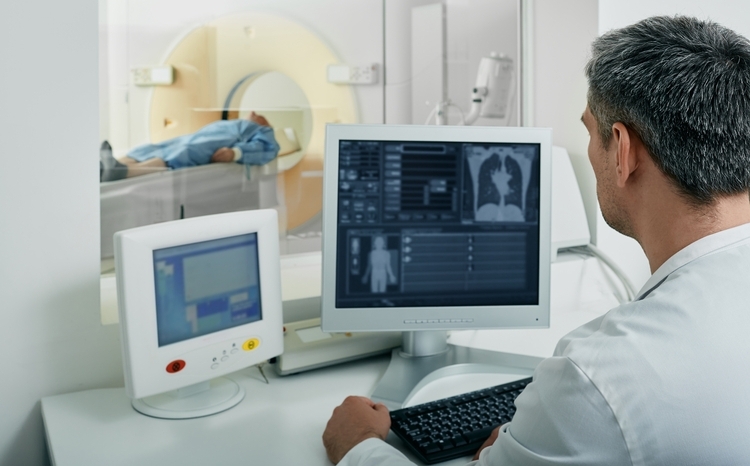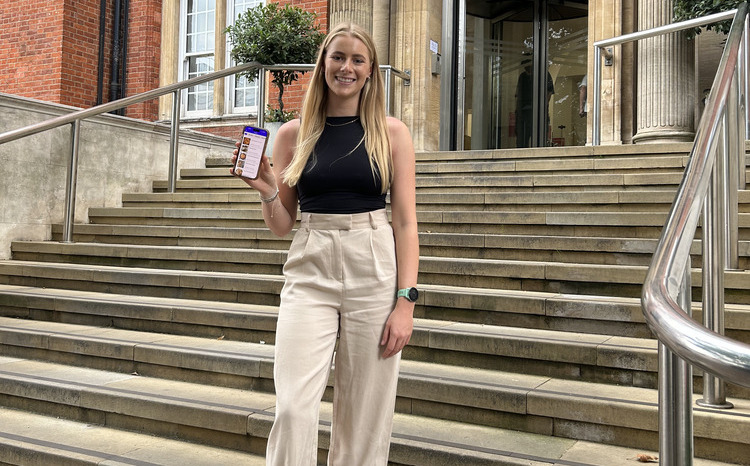Deaf signing shows videoconferencing’s potential
- 14 July 2006
A service that offers deaf patients and their clinicians quick access to a sign language interpreter via a video link shows one of many ways IP [Internet Protocol] networks are changing the way healthcare can be delivered, networking specialists, Cisco Systems, say.
Cisco has provided networks for Significan’t , an award-winning social enterprise which has become a source of expertise on providing signing services for deaf people over video.
A Significan’t spokesperson said that Guy’s and St Thomas’ NHS Foundation Trust used the service and three more NHS trusts were in the pipeline. “You just call and we have an interpreter. As they speak the interpreter will sign the whole conversation.”
Cisco’s Chris Blenkhorn, consulting systems architect, said: “There was a lot of personal satisfaction in working with Significan’t. It’s a really innovative use of technology to help people. And it showcases some of these capabilities.”
In London, he said, public services had been waiting up to three weeks for a sign language interpreter.
Cisco is looking hard at how its “Unified Communications” approach bringing together voice, data and video can help healthcare providers to improve services and save money.
Benkhorn said that he had heard lots of innovative ideas for using telemedicine, for example, but they had failed for lack of networks in the past.
Cisco’s head of healthcare, Terry Espiner, told a briefing session that he believed the time was right for the NHS to start deploying integrated network solutions which could be run over the new N3 and networks that individual trusts have implemented.
Staff mobility within hospitals, community work, team collaboration and new organisational and legislative requirements to work more effectively across boundaries could all be supported.
The NHS providers’ response was varied, Espiner said. “There are those that have made the investment and there are those that are some years away from being ready for the National Programme [for IT].”
A progressive example comes from Lancashire where the local strategic health authority has deployed a Cisco IP solution, implemented by BT, connecting four community of interest networks.
Espiner said the system had proved popular with health visitors, for example, who could change locations and still retain the same contact phone number to make calls and pick up messages.
More ambitious plans to use video conferencing could help in cancer networks and other areas where teams were dispersed. The traditional assumption that substantial capital outlay and large amounts of bandwidth are required is changing. Andrew Border of Cisco Europe, explained: “The affordability and availability of the technology is improving while the bandwidth requirements are going down.”
Other new developments in store include:
• An IP SoftPhone that will include a videoconferencing facility for the first time. SoftPhones have the same appearance and functionality as a normal IP phone but run on a PC application.
• A mobile phone developed with Nokia which will automatically switch from standard GSM networks to an NHS organisation’s WiFi network when a user returns to a home base. This has the potential to reduce call costs by using the local infrastructure whenever the caller is in range.
Link




